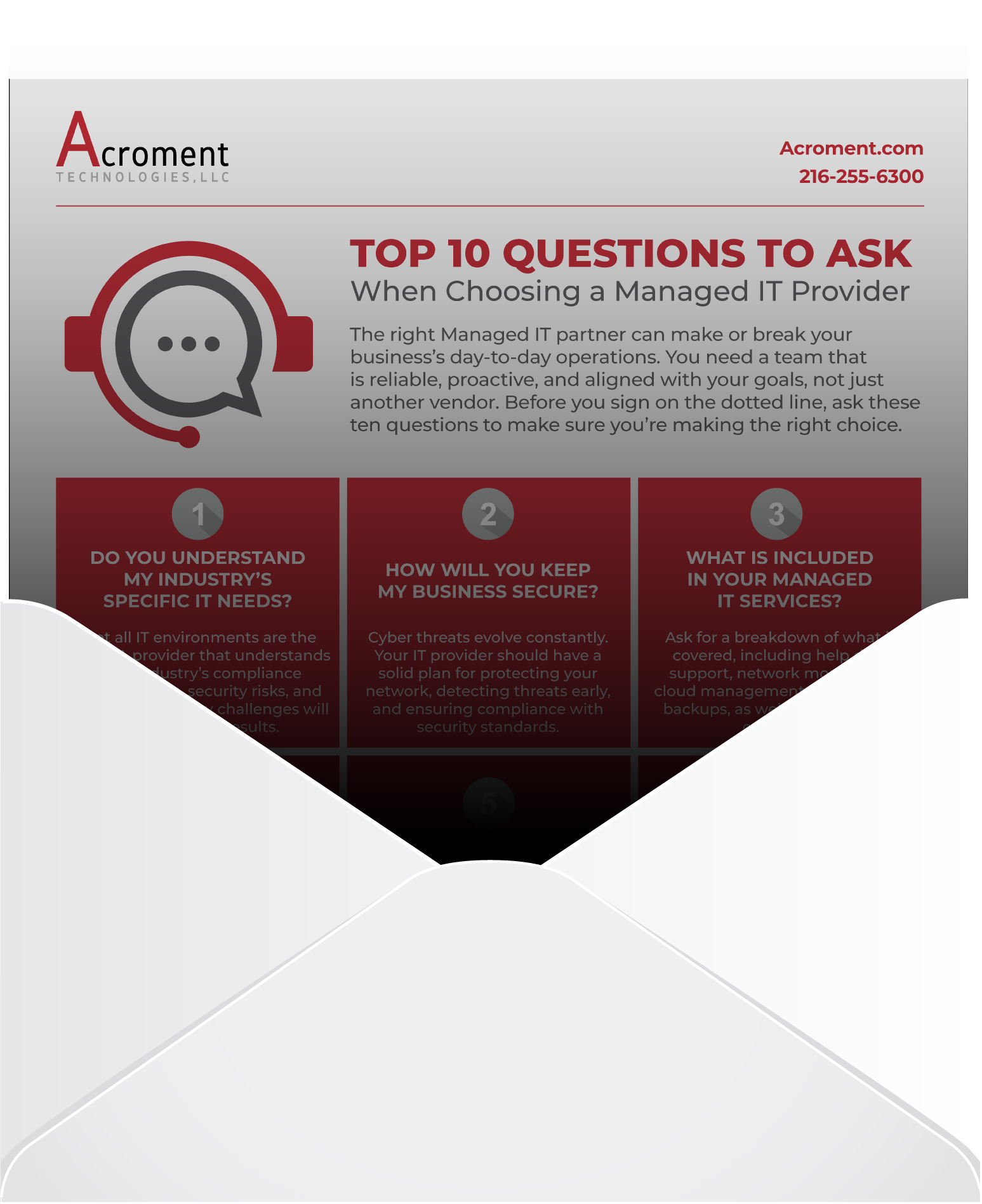For years, Incognito mode has been marketed as a way to browse without leaving a trace. No history, no cookies, no autofill data. But that privacy had a major gap—until recently.
The Clipboard Loophole
Here’s the catch: until just recently, anything you copied from an Incognito tab—like a password, private note, or sensitive business info—could still be stored in Windows’ clipboard history. If you had Cloud Clipboard enabled, that data could even sync across your devices.
Not exactly “private.”
Microsoft Steps In
Thankfully, Microsoft caught the issue and patched it. Now, when you copy something in Incognito (or Edge’s InPrivate mode), it’s no longer saved to clipboard history or synced to the cloud. That means your copied content vanishes when you close the tab—just like the rest of your session.
Google has since adopted this update in Chrome, rolling it out more broadly.
Bonus Privacy Win: Media Previews
There’s another subtle but meaningful improvement: when you watch videos or play media in Incognito, Windows no longer shows previews or titles on the lock screen or media overlay. Instead, it simply reads: “A site is playing media.”
Whether you’re watching a confidential webinar or just value discretion, it’s a thoughtful privacy boost.
A Reminder on Limitations
While these updates improve local privacy, Incognito mode still won’t hide your activity from:
- Your employer or network admin
- Your ISP
- The websites you visit
It’s a great tool for managing local device privacy—but not a full anonymity solution.
Need to safeguard your team’s digital footprint and data privacy? Let’s chat! Whether it’s policy, tools, or training, we can help you build a more secure workplace.


